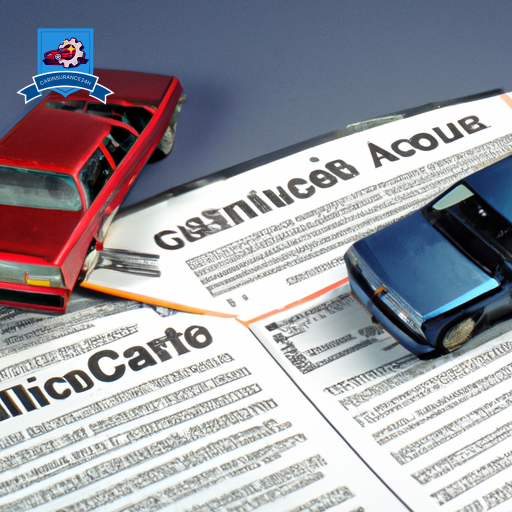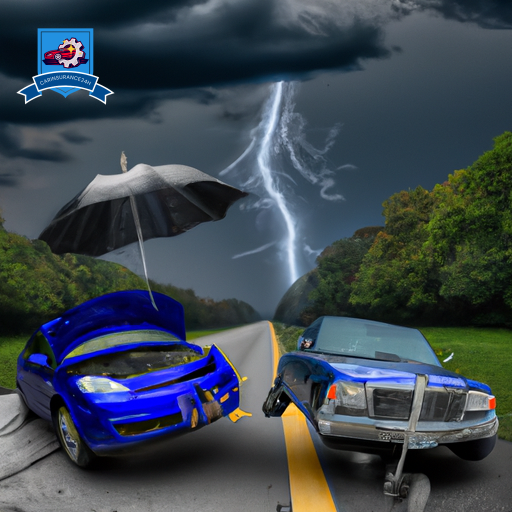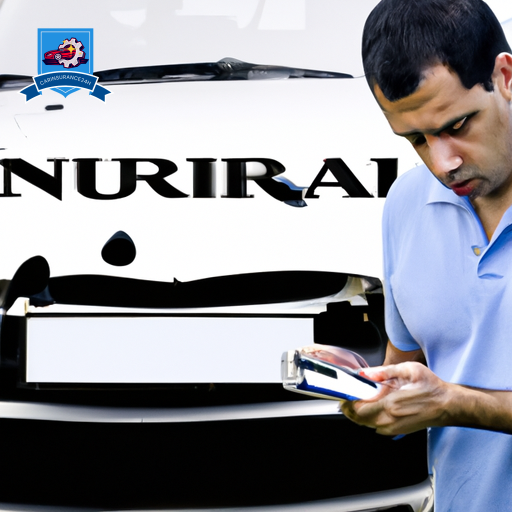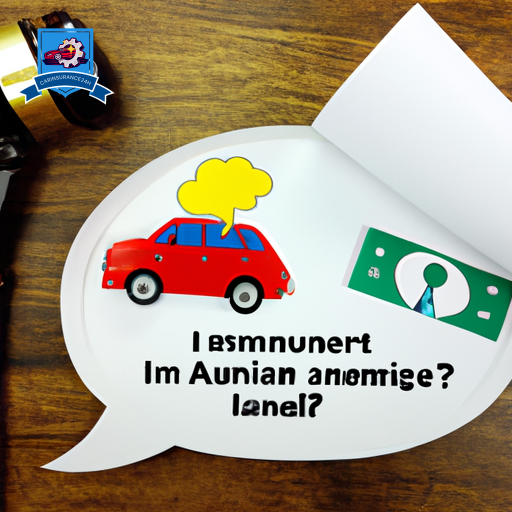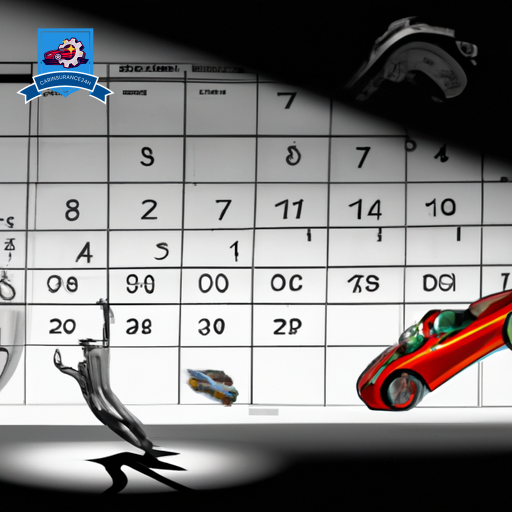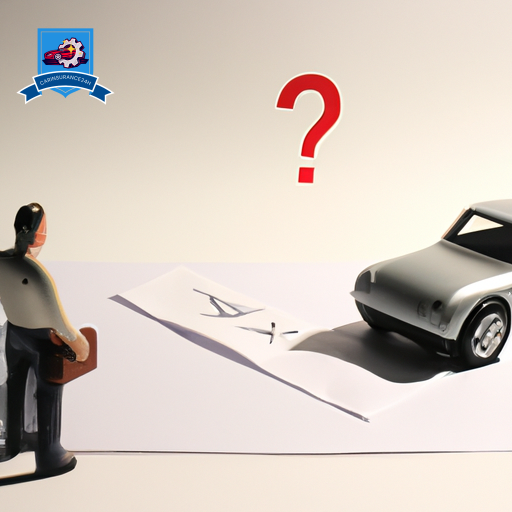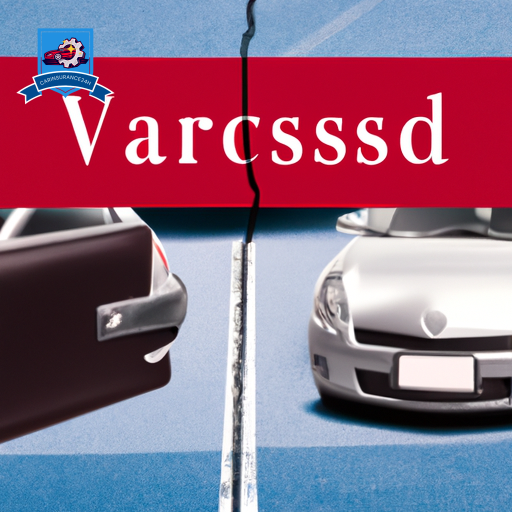Underinsured motorist coverage is a pivotal component of auto insurance, designed to protect drivers when involved in an accident with a motorist possessing inadequate insurance to cover the damages or medical expenses incurred. This coverage steps in to fill the financial gap, ensuring that the insured does not bear the burden of unforeseen costs.
Understanding the mechanics of how this coverage operates, its significance for drivers, the nuances of coverage limits, and the process of securing an appropriate policy is essential. The intricacies of managing these aspects warrant a closer examination to fully grasp their impact on individual insurance protection strategies.
Defining Underinsured Motorist Coverage

Underinsured Motorist Coverage is a type of automobile insurance that provides protection to policyholders in the event that they are involved in an accident with a driver who possesses insufficient insurance coverage to cover the damages incurred. This essential coverage is designed to step in and bridge the gap between the at-fault driver’s insurance limits and the actual costs of injuries and damages, ensuring that the policyholder is not left to cover significant out-of-pocket expenses.
The specifics of Underinsured Motorist Coverage can vary markedly between policy types, making it critical for consumers to understand the nuances of their own policies.
Policy types generally fall into two categories: Underinsured Motorist Bodily Injury (UIMBI), which covers personal injuries to the policyholder and their passengers, and Underinsured Motorist Property Damage (UIMPD), which addresses damage to the policyholder’s vehicle. Both types are essential in providing a thorough safety net, yet they are governed by their own sets of rules and limitations.
Coverage exclusions are also an important aspect of Underinsured Motorist Coverage to take into account. These exclusions can include specific scenarios under which the policy will not provide coverage, such as accidents involving commercial vehicles, incidents deemed intentional, or situations where the policyholder is found to be in violation of the law at the time of the accident. Understanding these exclusions is critical to fully grasp the extent of protection offered by Underinsured Motorist Coverage and to avoid unexpected gaps in coverage.
How It Works
To understand the operational mechanics of Underinsured Motorist Coverage, it is essential to first examine the claim process that is initiated when a policyholder is involved in an accident with a driver whose insurance is inadequate to cover the resulting damages. This scenario triggers a series of structured steps aimed at ensuring the policyholder receives compensation for losses not fully addressed by the at-fault driver’s insurance policy.
The claim process begins with the policyholder notifying their insurance company of the incident, providing detailed information regarding the accident and the extent of the damages incurred. The insurance company then evaluates the claim to ascertain the validity and the amount payable under the Underinsured Motorist Coverage. This evaluation includes analyzing the at-fault driver’s insurance limits and determining how much of the damages exceed those limits.
Subsequently, the insurance company may offer a settlement to the policyholder up to the limit of their Underinsured Motorist Coverage, minus any applicable deductibles. It is important for policyholders to understand the specific terms and policy exceptions that may influence the coverage. For instance, some policies may not cover incidents involving hit-and-run accidents or may have specific stipulations regarding the documentation required to process a claim.
Understanding the claim process effectively requires a keen understanding of these nuances, ensuring that policyholders are adequately compensated for their losses while being mindful of the limitations and exceptions defined in their policy. This systematic approach underscores the importance of Underinsured Motorist Coverage as an essential safeguard against the financial implications of accidents involving underinsured drivers.
Importance for Drivers

Given the complexities involved in handling claims with underinsured motorists, the significance of Underinsured Motorist Coverage for drivers cannot be overstated. This form of coverage serves as a critical safeguard, guaranteeing that drivers are protected financially in the event of an accident with an at-fault party whose insurance cannot fully cover the damages. The legal implications of being involved in such an incident underscore the necessity of having adequate protection.
Accident statistics reveal a concerning trend of underinsured drivers on the roads, heightening the risk for insured motorists. The following table illustrates key points that emphasize the importance of Underinsured Motorist Coverage:
| Aspect | Details | Implication |
|---|---|---|
| Legal Protection | Covers legal costs in disputes with underinsured | Mitigates financial risk and stress |
| Accident Statistics | High proportion of underinsured motorists | Increases likelihood of insufficient coverage |
| Financial Security | Provides compensation beyond at-fault party’s limit | Ensures full recovery without out-of-pocket expenses |
Understanding these aspects is important for drivers to appreciate the protection Underinsured Motorist Coverage offers against the backdrop of the legal and financial implications of accidents with underinsured motorists. It not only affords peace of mind but also secures one’s financial well-being against the unpredictable nature of road incidents, making it an indispensable component of a thorough auto insurance policy. In summary, this coverage shields drivers from the potentially devastating costs associated with underinsured motorist claims, aligning legal protection with financial security.
Coverage Limits Explained

Understanding the specifics of coverage limits within Underinsured Motorist Coverage is essential for policyholders to guarantee complete protection against financial losses. These limits determine the maximum amount an insurance company will pay in the event of an accident involving an underinsured driver. It’s important to navigate these limits wisely to ensure you’re adequately covered without overpaying for your policy.
-
State Differences: Coverage requirements and limits can vary substantially from one state to another. Some states mandate underinsured motorist coverage, while others offer it as an optional add-on. The minimum coverage limits set by state law are just that—the minimum. Policyholders should consider their personal financial situation, the value of their assets, and the potential costs of medical care and vehicle repair when deciding how much coverage to purchase.
-
Policy Comparison: Not all policies are created equal, and the specifics can differ dramatically between insurance providers. When comparing policies, look beyond the premium costs to understand what’s actually covered. Pay special attention to the coverage limits and the circumstances under which the policy pays out.
-
Understanding Limits: Coverage limits are typically expressed in relation to per person and per accident. For example, a policy might offer $100,000 per person and $300,000 per accident. This means the insurer will cover up to $100,000 for injuries to one person and up to $300,000 total for all injuries in a single accident.
Navigating the complexities of underinsured motorist coverage requires a combination of understanding state differences, diligent policy comparison, and a clear grasp of coverage limits. Without adequate coverage, policyholders risk facing substantial out-of-pocket expenses in the wake of an accident with an underinsured driver.
Securing the Right Policy

Securing the right underinsured motorist policy necessitates a systematic approach to evaluating various insurance offerings to guarantee protection against potential financial pitfalls. This involves a thorough comparison of coverage options, premium rates, and the reputation of insurance providers. It is imperative to scrutinize the terms and conditions of each policy to understand the extent of coverage, including the limits and exclusions, ensuring that the policy meets your specific needs and risk exposure.
One critical aspect to assess in this selection process is the availability of policy discounts. Many insurers offer reductions in premiums for various reasons, such as maintaining a clean driving record, bundling multiple policies (e.g., auto and home insurance), or installing safety devices in your vehicle. These discounts can significantly lower the cost of your underinsured motorist coverage without compromising the level of protection it provides.
Another essential factor to evaluate is the claim process of the insurance company. A policy’s value is not only measured by the coverage it offers but also by the efficiency and fairness of its claim settlement process. Investigate the insurer’s claim resolution track record and customer service ratings. Seek out feedback from current or former policyholders to gauge their experiences with the company’s claim handling practices. A transparent, straightforward, and timely claim process is vital in ensuring that you receive the support you need in the event of an accident with an underinsured driver.
Frequently Asked Questions
How Does Underinsured Motorist Coverage Differ From Uninsured Motorist Coverage in Terms of Claims Processing?
Underinsured motorist coverage differs from uninsured motorist coverage in claim processing through the handling of claim disputes and policy limits. The former involves claims where the at-fault party’s insurance is insufficient, necessitating additional steps for resolution.
Can Underinsured Motorist Coverage Be Applied to Hit-And-Run Accidents Where the At-Fault Driver Is Never Identified?
Underinsured motorist coverage can indeed be applied to hit-and-run incidents where the at-fault driver remains unidentified, subject to policy exclusions and within the specified coverage limits outlined in the insurance agreement.
Are There Any Specific States Where Underinsured Motorist Coverage Is Not Available or Significantly Differs in Terms of Benefits?
Underinsured motorist coverage availability and benefits vary by state due to differing state requirements and coverage limits. It is essential to review local regulations to understand any exclusions or variations in coverage scope and benefits.
How Does the Presence of Underinsured Motorist Coverage Impact Premiums for Other Types of Auto Insurance Policies, Such as Collision or Comprehensive Coverage?
The inclusion of underinsured motorist coverage can influence premium factors for auto insurance policies, including collision and all-inclusive coverage. Typically, higher coverage limits may result in adjusted premiums to reflect the enhanced financial protection provided.
In Multi-Car Accidents Involving Several Underinsured Drivers, How Is Underinsured Motorist Coverage Prioritized or Divided Among the Injured Parties?
In multi-car accidents involving several underinsured drivers, coverage allocation under underinsured motorist policies is determined based on the policy limits. The process is structured to equitably distribute compensation among the injured parties, within those limits.

